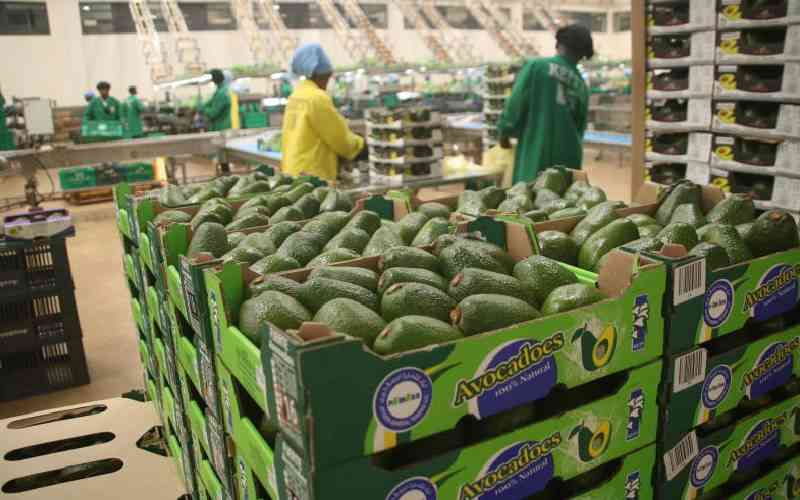
Buying a car can be an emotional process, so it is important to hold on to logic so that your choices don’t hurt your pocket.
Since 80 per cent of our vehicle market consists of grey imports, which are second-hand vehicles brought in from other countries, chances are your first car will have high mileage, with about 100,000 kilometres on the clock. These vehicles are already at half of their life cycles, and major components are due for replacement. Here’s how to make the best of this situation.
Do your research
If you’re a fan of a particular brand of vehicle, it’s important to research its pros and cons. It may look good but might be mechanically unreliable. There are several forums and blogs dedicated to car brands where you can learn about fuel economy, resale value and safety, which should determine if you make the purchase.
Inspect the vehicle and get a report
Once you have identified a car, take it to a reliable mechanic who will inspect it for wear and tear, as well as any hidden faults. The mechanic will then give a report on the ‘health’ of the vehicle, which will help you negotiate the price. For instance, if there’s a gearbox problem, the report will give an estimate on repair costs.
Verification, sale and transfer process
You can determine the legitimacy of a vehicle by cross-referencing ownership details through Kenya Revenue Authority and National Transport Safety Authority (NTSA) websites. They give full details on who owns the vehicle and if previous owners paid taxes for the car. Once you’ve agreed on price and verified details, the owner of the vehicle will draft a sales agreement and payment done to complete the transaction. The seller will then log into the NTSA website where s/he will create a profile for the new owner, and upload the sales and transfer of ownership documents for processing. The new owner will be alerted once the transfer is complete.
Vehicle ownership
Once you own the car, get it insured under your name. Based on the inspection report done earlier, replace anything faulty and service it. You may need to tropicalise the car – which means upgrading certain parts so the vehicle can cope with local conditions. For instance, Japanese cars come with low ground clearance, which could see the car scrape the crannies on pothole-ridden roads. The solution is fitting heavy duty coil springs and shock absorbers to raise ground clearance.
 The Standard Group Plc is a multi-media organization with investments in media
platforms spanning newspaper print operations, television, radio broadcasting,
digital and online services. The Standard Group is recognized as a leading
multi-media house in Kenya with a key influence in matters of national and
international interest.
The Standard Group Plc is a multi-media organization with investments in media
platforms spanning newspaper print operations, television, radio broadcasting,
digital and online services. The Standard Group is recognized as a leading
multi-media house in Kenya with a key influence in matters of national and
international interest.
 The Standard Group Plc is a multi-media organization with investments in media
platforms spanning newspaper print operations, television, radio broadcasting,
digital and online services. The Standard Group is recognized as a leading
multi-media house in Kenya with a key influence in matters of national and
international interest.
The Standard Group Plc is a multi-media organization with investments in media
platforms spanning newspaper print operations, television, radio broadcasting,
digital and online services. The Standard Group is recognized as a leading
multi-media house in Kenya with a key influence in matters of national and
international interest.










